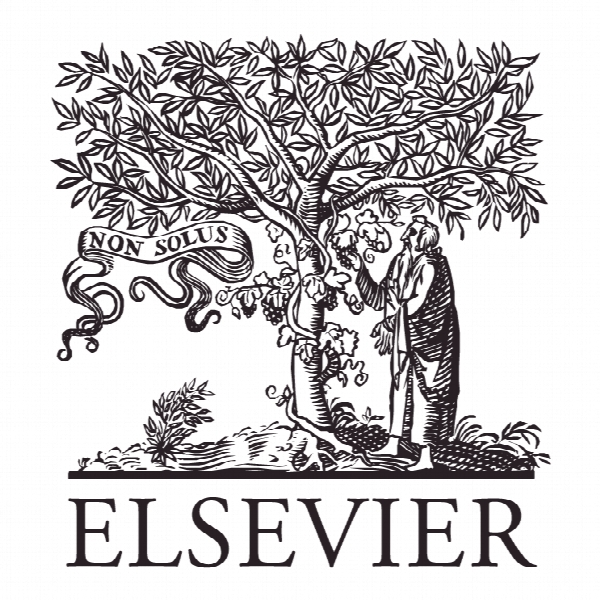بهینه سازی چند هدفه در برنامه ریزی موجودی با انتخاب تامین کننده Multi-objective Optimisation in Inventory Planning with Supplier Selection
- نوع فایل : کتاب
- زبان : انگلیسی
- ناشر : Elsevier
- چاپ و سال / کشور: 2017
توضیحات
رشته های مرتبط مدیریت و اقتصاد، مهندسی صنایع
گرایش های مرتبط مدیریت مالی، اقتصاد مالی
مجله سیستم های خبره با کاربردهای آن – Expert Systems with Applications
دانشگاه School of Computer Science, University of Nottingham, UK
نشریه نشریه الزویر
گرایش های مرتبط مدیریت مالی، اقتصاد مالی
مجله سیستم های خبره با کاربردهای آن – Expert Systems with Applications
دانشگاه School of Computer Science, University of Nottingham, UK
نشریه نشریه الزویر
Description
1. Introduction In today’s competitive and connected environment, many commercial organisations value effective management of the flow of materials considering the relationships between vendors, manufacturers, distribution centres, customers and other services for success (Thomas & Griffin, 1996). The integration of all facilities which add value for buyers from the procurement of raw materials to the distribution of end products can be broadly defined as Supply Chain Management(SCM) (Thomas & Griffin, 1996; Setak et al., 2012). In SCM, it is crucial to be working with dependable suppliers and planning the inventory via efficient allocation of the resources in the supply chain for a competitive advantage Vonderembse & Tracey (1999). Choosing a supplier can impact on the cost and the quality of products. Evaluation and selection of suppliers is a critical issue in a supply chain. On the other hand, inventory planning is an integrated process handling the inventory across the entire network from suppliers to customers. Miller et al. (2011); Miller & John (2010) pointed out that the supply chains with well managed inventory considers satisfying the demand, preventing stock outs and reducing holding costs – where stock is kept in the store for an undesirable period of time. In most of the previous work, supplier selection and inventory planning are treated as separate problems. Moreover, many previous studies on supplier selection focus on fuzzy systems formulating the problem as a Multiple Attribute Decision Making (MADM) problem and taking the requirements of decision makers into account as well during the solution process. For example,Chen et al. (2006); Pattnaik (2011); A.Sarkar & Mohapatra (2006) and Gong (2013) studied an MADM approach based on Type-1 Fuzzy Sets and Interval Type-2 Fuzzy Sets (IT2FS), respectively. The supplier selection problem can be formulated as a multi-objective problem and so some of the previous work investigated multi-objective models looking into the trade-off between minimisation of total cost and lead time (Mastrocinque et al., 2013), minimisation of total cost and maximisation of customer service quality (Liao et al., 2011), minimising total .


